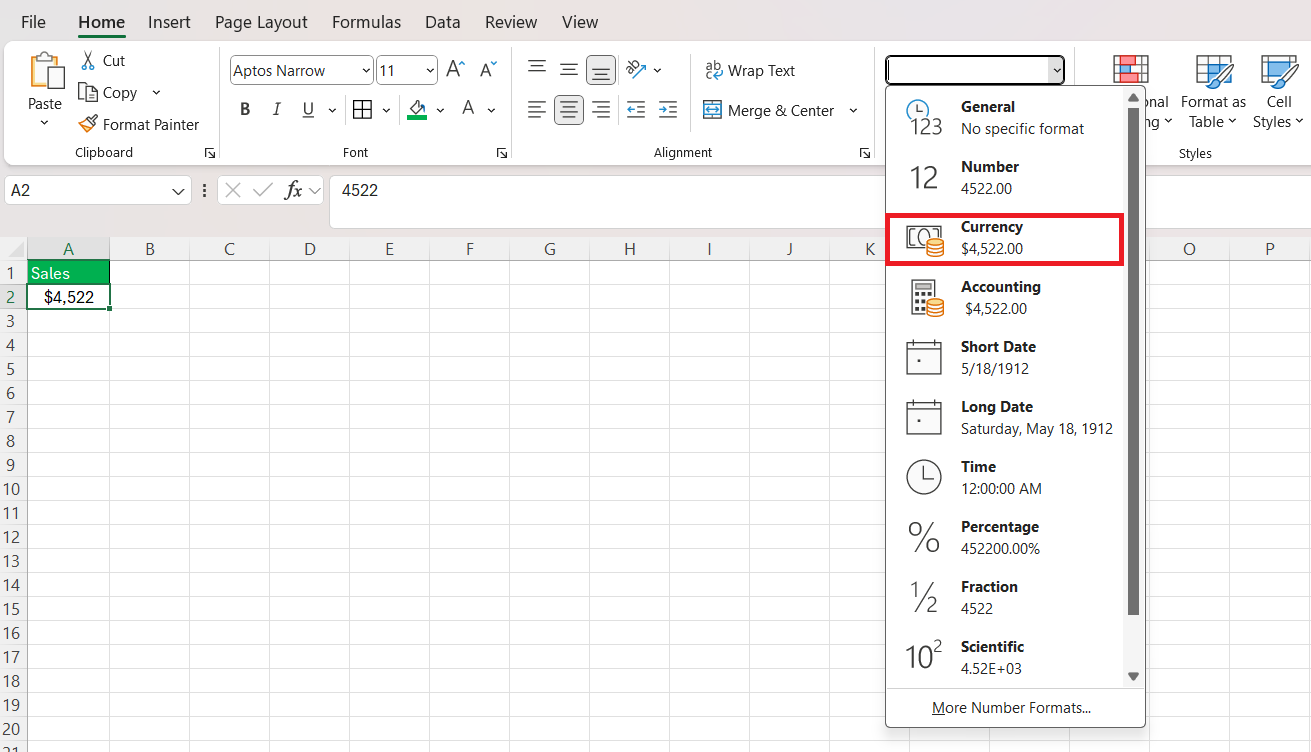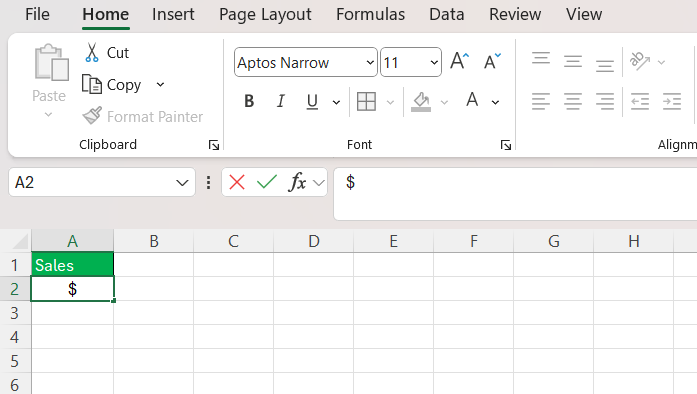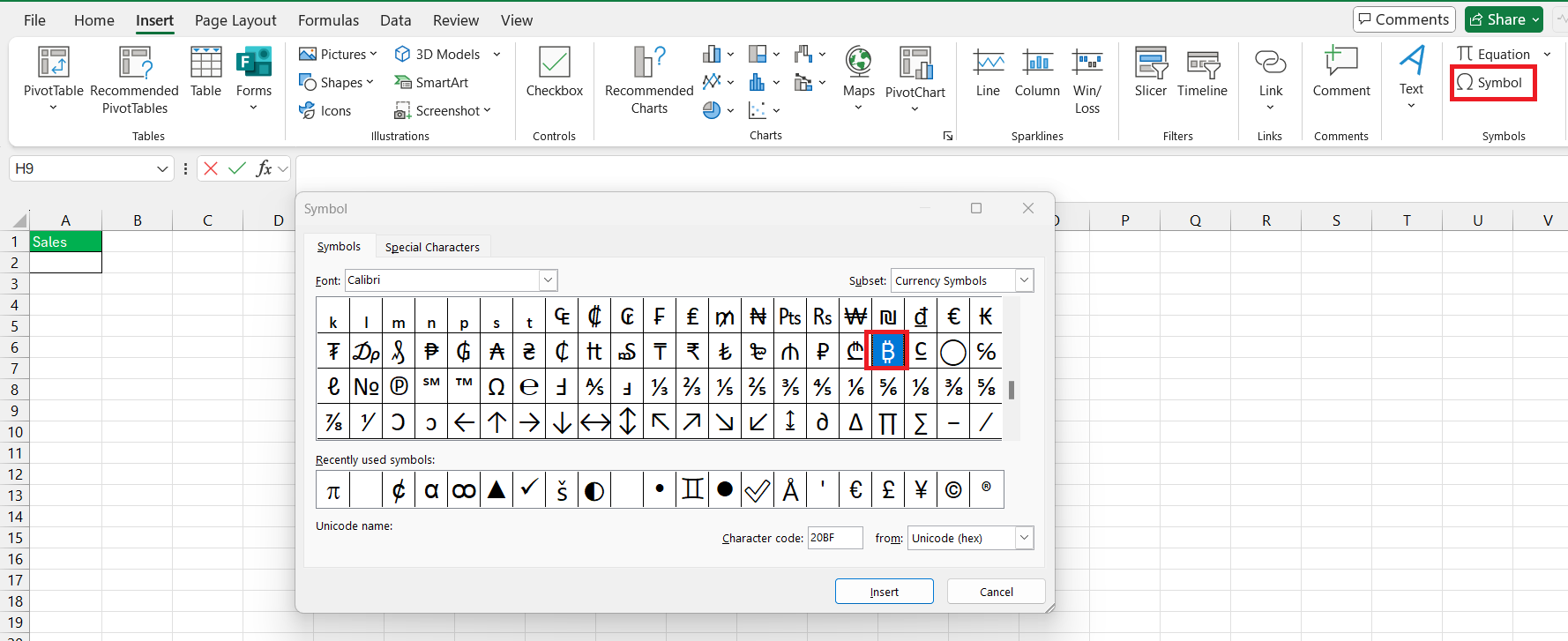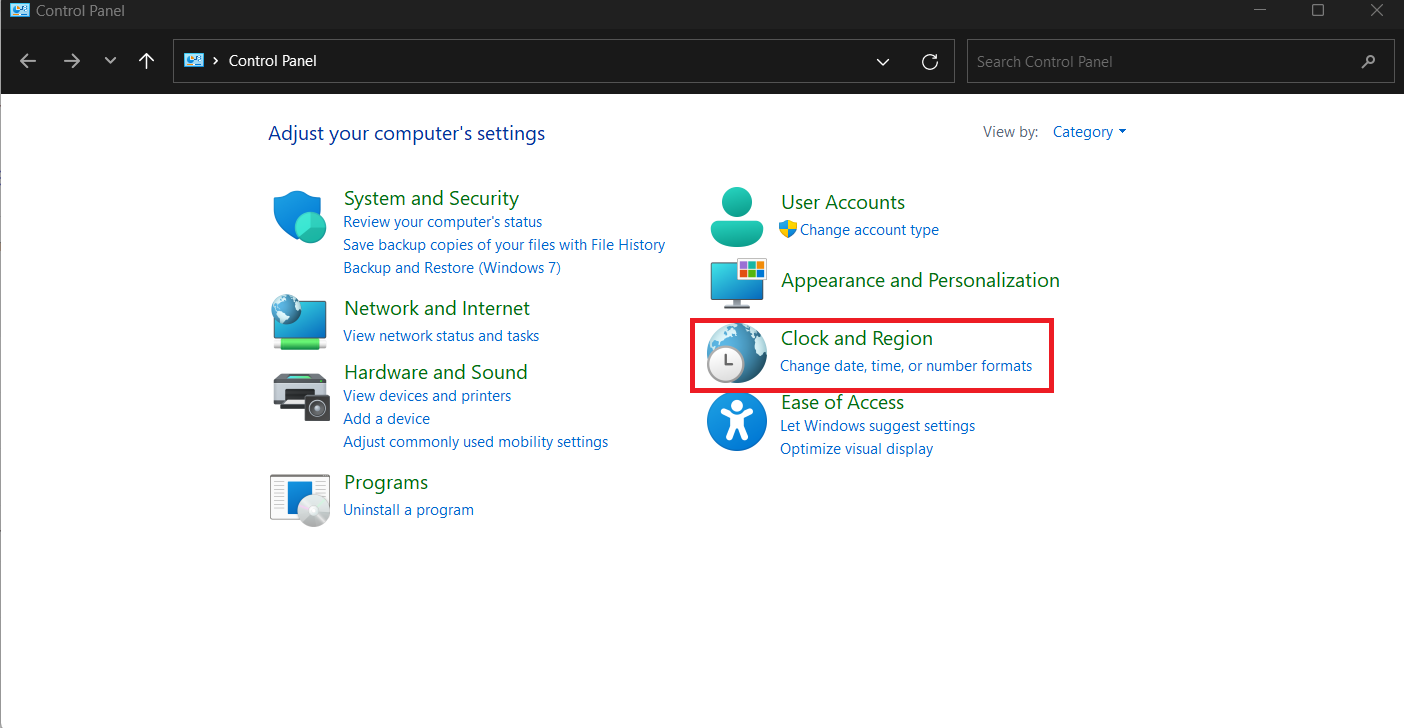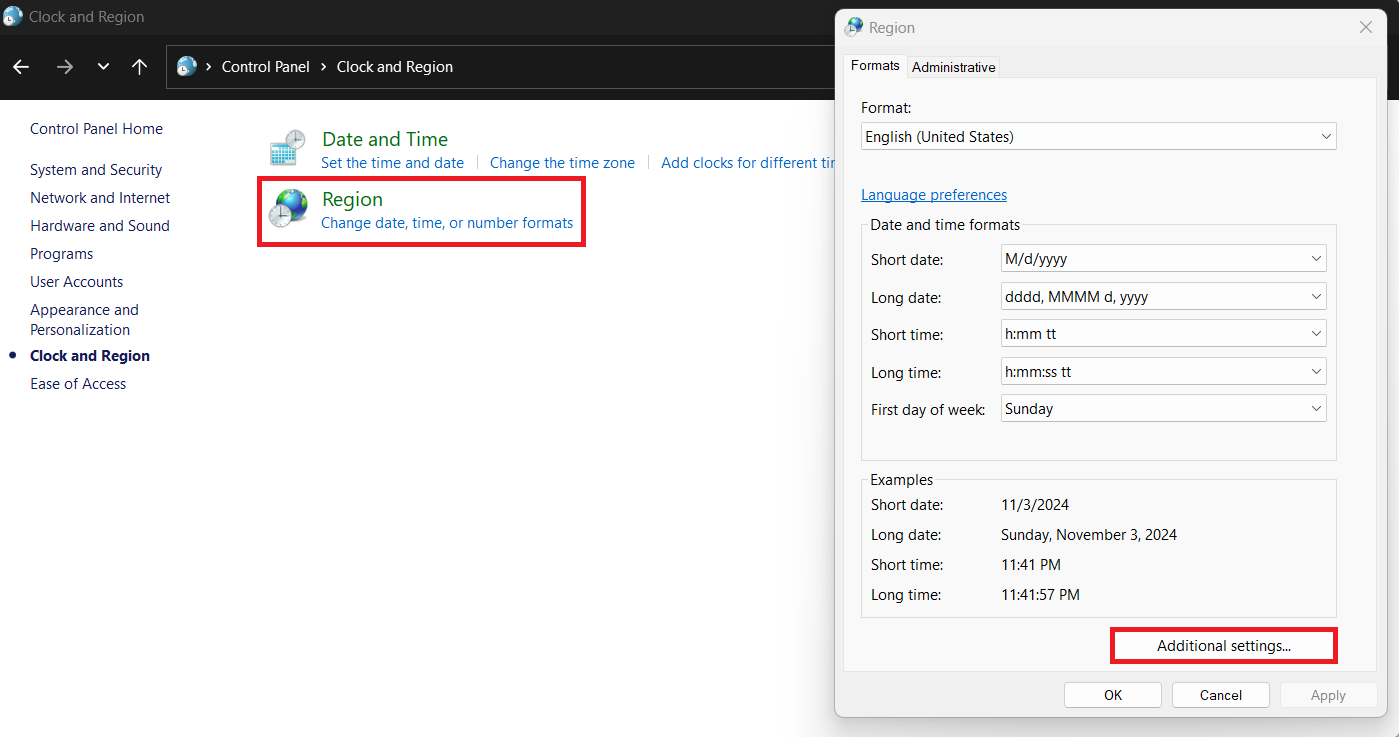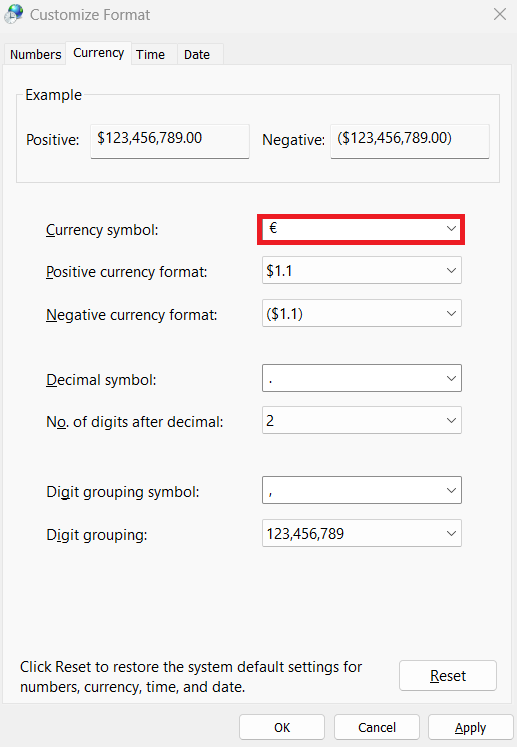If you work with data involving multiple currencies, knowing how to add different currency symbols in Excel can be a real game-changer. Excel makes it easy to customize your data with the exact currency format you need, whether it’s dollars, euros, yen, or any other currency.
Let me walk you through some quick steps to add and format different currency symbols in Excel.
Key Takeaways:
- Excel’s currency formatting options make it easy to add various symbols for different currencies, enhancing clarity in financial data.
- You can quickly insert your system’s default currency symbol by using the Currency button in the Home tab.
- Use Unicode or ASCII codes to add less common currency symbols directly, allowing flexibility for global transactions.
- Adjust your system’s regional settings to set a default currency symbol across all Excel sheets for consistent reporting.
- For international transactions, utilize Excel’s Symbol feature to add unique currency symbols and ensure accurate representation.
Table of Contents
Introduction to Currency Symbols in Excel
Understanding the Importance of Accurate Currency Representation
In my experience, accurate currency representation in Excel is crucial, especially when managing financial documents. It ensures clarity and prevents misunderstandings that could lead to substantial errors when interpreting financial data.
The right currency symbol not only conveys the type of currency, like dollars, pounds, or euros, but also reflects professionalism and attention to detail in reporting.
A Brief Overview of Currency Formatting Options in Excel
Excel provides a multitude of currency formatting options to cater to users worldwide. Whether it’s dollars, pounds, euros, or any other currency, Excel allows the easy integration of these symbols into your data.
By leveraging the Number Format feature, I can choose to have my figures represented with the local currency symbol and define the precision down to the necessary decimal points. Currency formatting also affects the alignment of figures within cells, which can influence the overall readability of the spreadsheet.
Step-by-Step Guide to Insert Different Currency Symbols
Using the Default Currency Symbol Feature
Utilizing Excel’s default currency symbol feature is a breeze once I’ve got the hang of it. This built-in option lets me quickly format numbers as financial amounts denominated in the system’s default currency settings. By simply selecting cells and clicking the currency symbol button in the ‘Number’ section of the Home tab, the default symbol—often a dollar sign—is applied.
But remember, this default symbol mirrors the regional settings of my operating system, so if I’m frequently working with a different currency, I’d adjust my system settings accordingly to streamline my workflow.
Adding Unique Currency Symbols with ASCII and Unicode
Adding unique currency symbols involves a bit of creativity. ASCII and Unicode standards come to the rescue here, as they encompass a vast array of symbols, including those for lesser-known currencies.
To insert a currency symbol in Excel using Unicode, I locate the character’s Unicode number and use a combination of the ‘Alt’ key and the code on the numeric keypad. For instance, the Unicode character for ETH can be entered by pressing ‘Alt’ and typing ’36’ on the keypad.
Bear in mind, that the process might slightly differ based on the operating system and Excel version.
Incorporating Uncommon Currency Marks Beyond Dollars and Euros
Incorporating uncommon currency marks in Excel requires only a few additional steps beyond the usual dollar and euro symbols. For currencies like the Indian Rupee (₹) or the Thai Baht (฿), I can navigate to the ‘Insert’ tab and choose ‘Symbol’ to open a dialogue box filled with various characters.
From there, I hunt for the specific currency mark needed. This comes in handy when I’m dealing with transactions involving currencies that aren’t immediately accessible from the keyboard.
Tips & Tricks for Currency in Excel
Setting a Default Currency Symbol in Excel
Excel usually applies the default currency based on your system settings, but you can change this if you primarily work with a different currency. Changing the default currency symbol requires a change in your system’s regional settings. Here’s how to adjust it:
STEP 1: Open the Control Panel and go to Clock and Region.
STEP 2: Select Region, then click on Additional Settings….
STEP 3: In the Currency tab, choose your desired currency symbol.
After updating these settings, reopen Excel, and it should now use your new default currency.
Real-World Applications and Best Practices
Case Studies: Effective Use of Currency Symbols in Business
In my exploration of the effective use of currency symbols in business, case studies can provide fascinating insights. Consider a multinational corporation that streamlined its financial reporting process across different regions by standardizing currency symbols in Excel.
This ensured consistency and eliminated conversion errors, which dramatically improved the accuracy of financial analysis and reporting.
Another case might involve a small e-commerce business that optimized pricing strategies by displaying product prices in multiple currencies, consequently enhancing the customer shopping experience and expanding its market reach.
Expert Advice on Avoiding Common Pitfalls
Heeding expert advice can help us sidestep common pitfalls when dealing with currency symbols in Excel. For starters, always verify the accuracy of currency symbols and formats to avoid presenting misleading financial data.
An expert would caution to watch out for data imported from other sources, as currency symbols could be misinterpreted by Excel as text, rendering them unusable in calculations. Another tip is to be wary of exchange rate fluctuations—static values can swiftly become outdated.
Regular updates or linking to a reliable currency conversion source within Excel is a prudent practice. Lastly, familiarizing ourselves with Excel’s built-in error checking can preempt potential formula mistakes that currency symbols might trigger.
FAQs
What’s the simplest way to add a currency symbol in Excel?
The easiest way to add a currency symbol in Excel is by using the Currency formatting option. Select the cells with numbers you want to format, go to the Home tab, and click the Currency button in the Number section. This will apply the system’s default currency symbol, often based on your operating system’s regional settings.
Can I set a default currency symbol for all my Excel spreadsheets?
Yes, you can set a default currency symbol by adjusting your operating system’s regional settings. Excel’s currency formatting aligns with these settings, so by changing the default currency symbol in your system preferences, all new spreadsheets will adopt that currency as the default.
Are there shortcuts to insert currency symbols without navigating menus?
Yes, for common currencies, you can use ASCII or Unicode shortcuts. For example, pressing ‘Alt’ + a specific numeric code on the keypad (like ‘Alt’ + ‘0936’ for the Ethereum Ξ symbol) will insert the symbol. You can also use ‘Alt’ + ‘X’ to convert a character code into a currency symbol.
How do I handle currency symbols when dealing with international currencies?
When working with multiple currencies, use Excel’s Symbol feature under the Insert tab to add unique currency symbols. This feature provides a wide range of options, including symbols for less common currencies. Additionally, you can apply international keyboard shortcuts or use Unicode for further customization.
How do I add a different currency symbol in Excel?
To add a different currency symbol, navigate to the Insert tab and select Symbol, where you can find various currency symbols, like the Indian Rupee (₹) or Thai Baht (฿). Alternatively, type the symbol’s character code into a cell and press ‘Alt’ + ‘X’ to convert it into the corresponding symbol.
John Michaloudis is a former accountant and finance analyst at General Electric, a Microsoft MVP since 2020, an Amazon #1 bestselling author of 4 Microsoft Excel books and teacher of Microsoft Excel & Office over at his flagship MyExcelOnline Academy Online Course.

